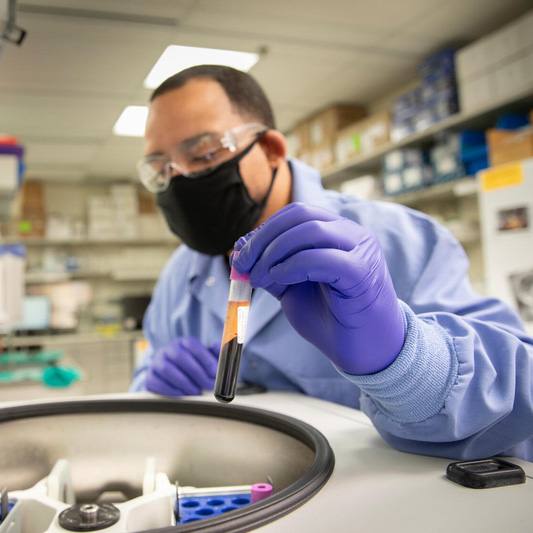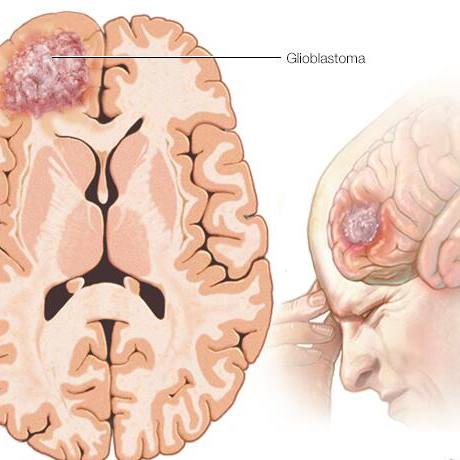-
Research
12-hour fasting essential for pancreatic cells, glucose management
Fasting triggers a particular mechanism that helps beta cells in the pancreas manage glucose, according to discovery scientists at Mayo Clinic. The paper, published in Science Advances, reports that this molecular mechanism explains why intermittent fasting supports normalized glucose concentrations. It is the first step to investigating new potential treatment strategies for patients with Type 2 diabetes.
Cells in the body never go on vacation, but they do take breaks. Ruled by a part of the brain called the hypothalamus, a 24-hour, or circadian, rhythm helps the body stay balanced. The circadian rhythm, which is linked to the light-dark cycle of the planet, is kept on beat by a system of networked biochemical feedback loops collectively referred to as the circadian system. In addition to the hallmark glucose impairment, Type 2 diabetes has been linked to disruptions of the circadian system.
"Disruption of circadian rhythms is extremely common in today's society," says Aleksey Matveyenko, Ph.D., head of the Islet Regeneration Lab and senior author on the new paper. "This results in increased incidence of many chronic conditions, such as Type 2 diabetes mellitus. Our motivation for this study was to understand how circadian rhythm disruption makes people more susceptible to diabetes and what can be done to prevent negative effects of circadian rhythm disruption."
To examine the effects of circadian rhythm disruption on the pancreas, the team combined a host of strategies to study fasting and pancreatic function in mice.
"We used an approach that encompassed analysis of behavioral, physiological, transcriptomic, and epigenomic effects of circadian disruption and time-restricted feeding in mice," explains Matthew Brown, a graduate student in Mayo Clinic Graduate School of Biomedical Sciences and the first author on the paper. "We also integrated our findings with a database of human pancreatic cell gene expression in Type 2 diabetes to demonstrate that our findings translate to humans."
In the study, the control mice experienced normal circadian cycles of a 12-hour day-night cycle. The treatment mice experienced purposeful disruption of light-dark cycles designed to mimic conditions associated with night or shift work, or purposeful disruption of light-dark cycles plus a time-restricted feeding regimen. The animals with disrupted circadian rhythms had the expected impaired metabolic effects related to glucose and insulin metabolism, as well as an increase in body mass and fat.
Normalizing the circadian rhythm in feeding patterns restored the glucose and insulin concentrations to normal and prevented an increase in fat mass. To figure out why, the researchers sequenced the genome of the pancreatic islets throughout the day from the animals.
"In this process, we collaborated with the Epigenomics Development Laboratory and Functional Epigenomics Laboratory to identify when and which genes are active throughout the day," says Brown.
When a gene is read, it creates a transcript in RNA. The researchers found 4,294 transcripts linked to keeping the islet on the correct circadian rhythm.
In the mice exposed to purposeful disruption of light-dark cycles, the researchers found that these factors were completely disrupted. In the mice exposed to disrupted circadian rhythms but that followed a restricted feeding regimen, they reported that 525 of the transcripts were restored. Then the researchers compared the findings to human genes that are known to be disrupted in Type 2 diabetes and found that a specific transcription factor, called DBP, is a vital circadian and functional regulator in the beta cells of the pancreas.
"Our next step is to develop screening tests to discovery if pharmacological compounds can mimic fasting as a treatment for Type 2 diabetes," says Dr. Matveyenko. "Our goal at Mayo is to improve understanding of what causes Type 2 diabetes and improve treatments for the millions of people with this disorder."
Funding for this work came from the National Institutes of Health and Mayo Clinic's Center for Regenerative Medicine, among other sources. For a full list of authors, funding agencies and disclosure, see the paper.







